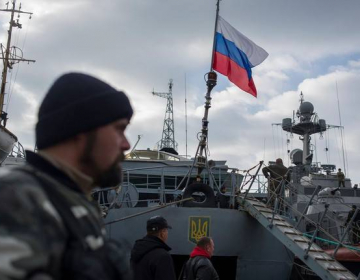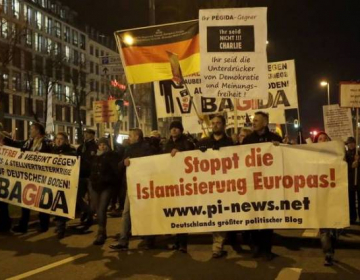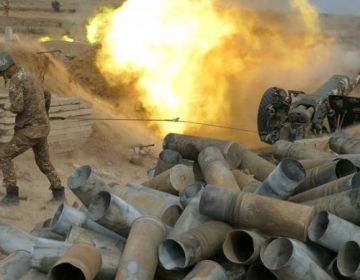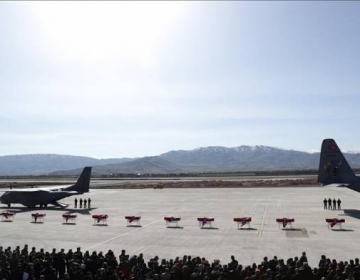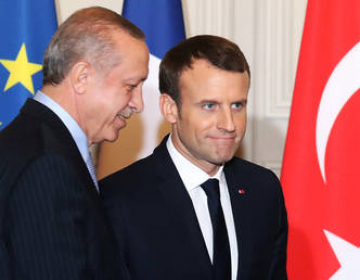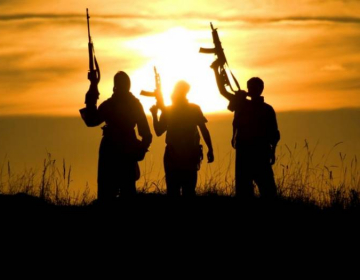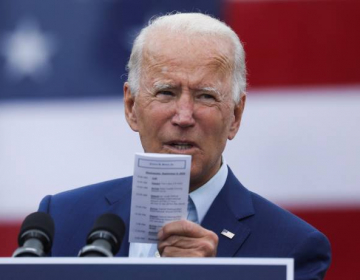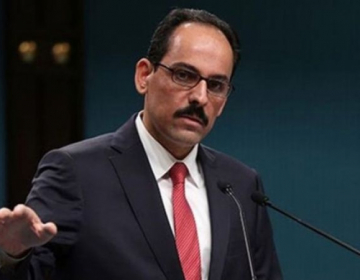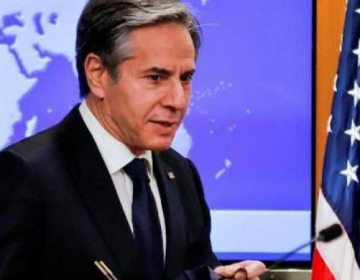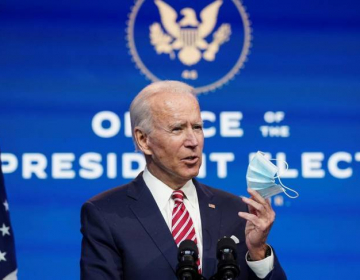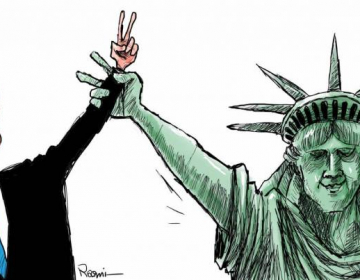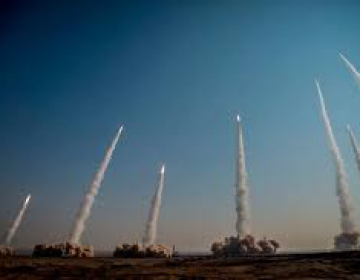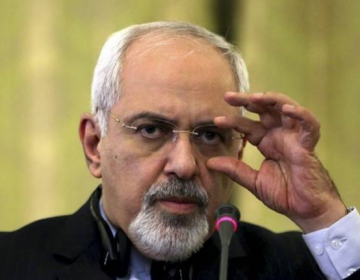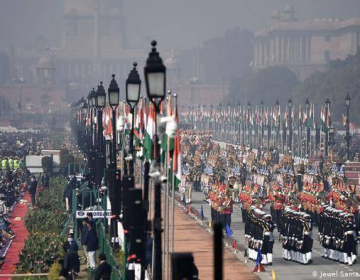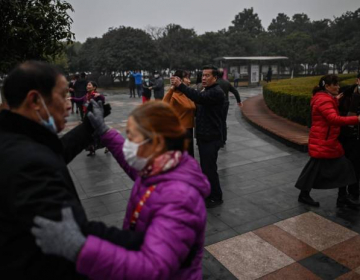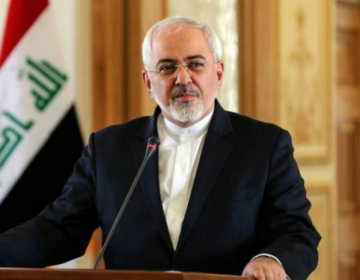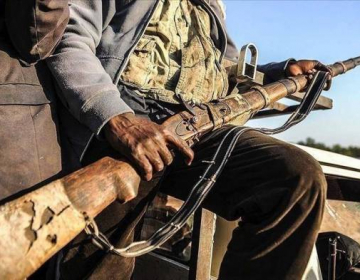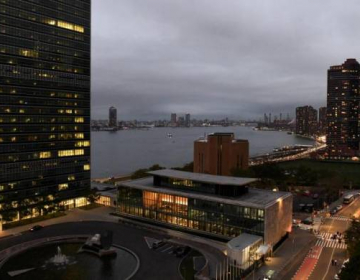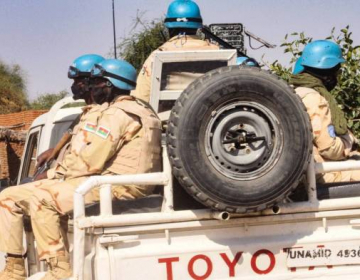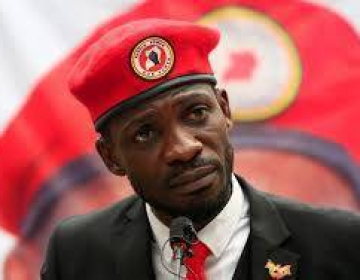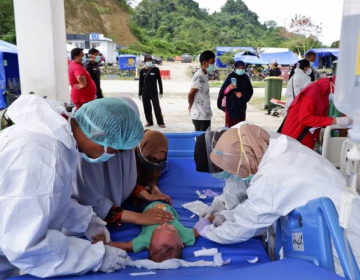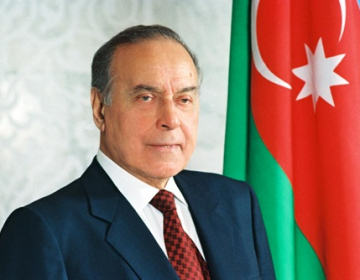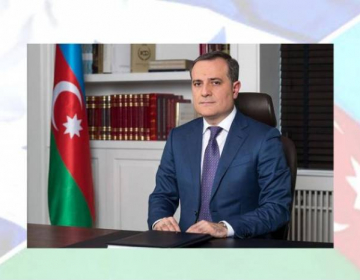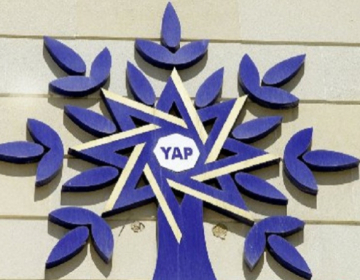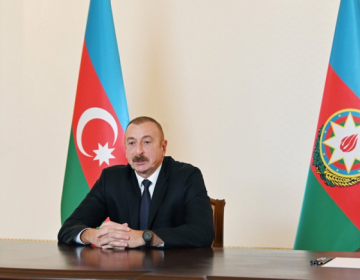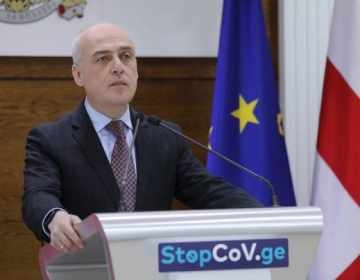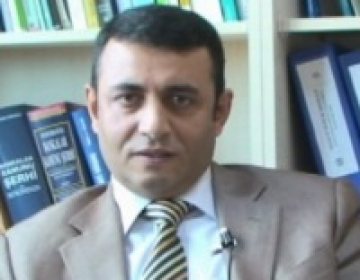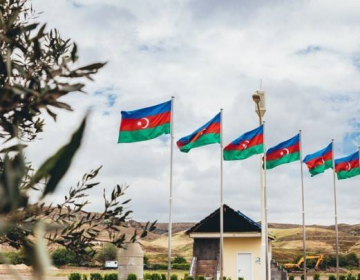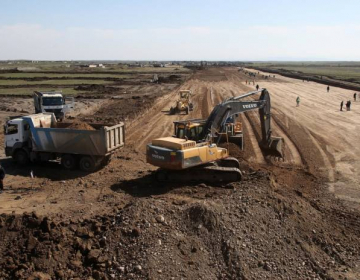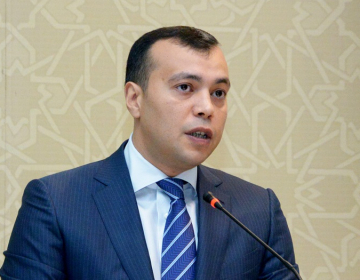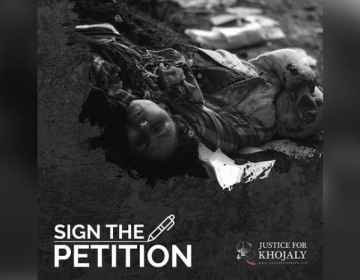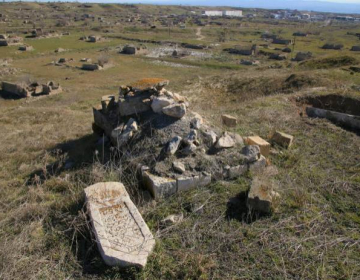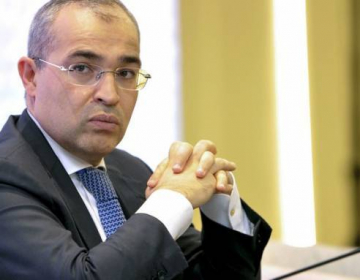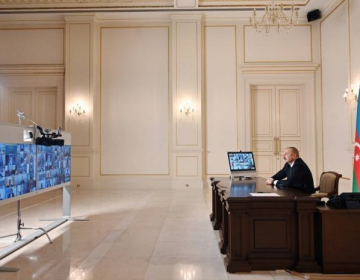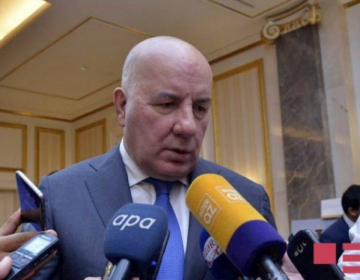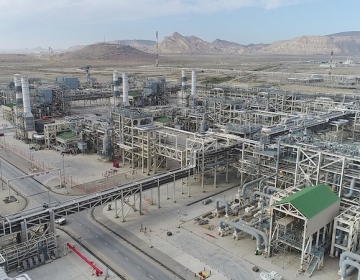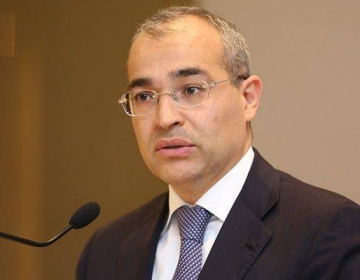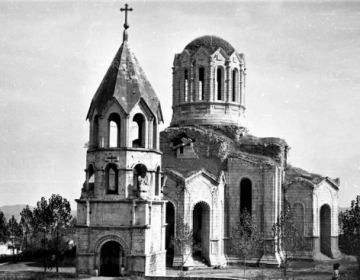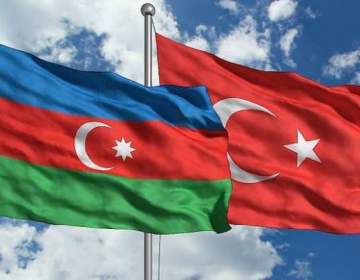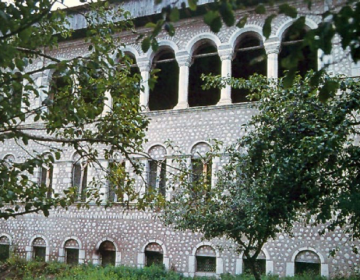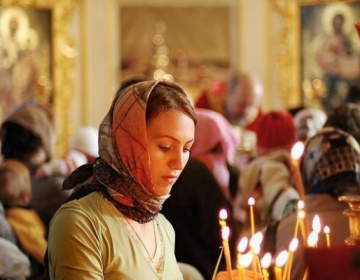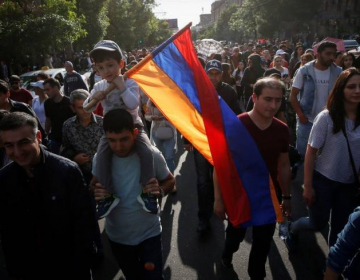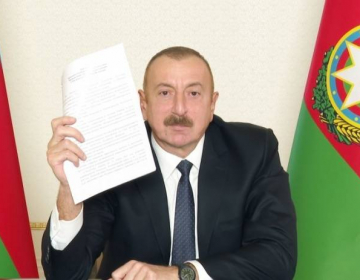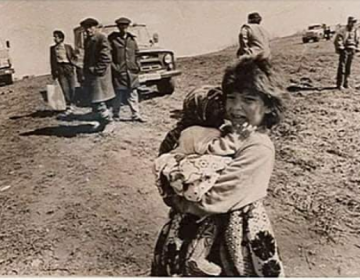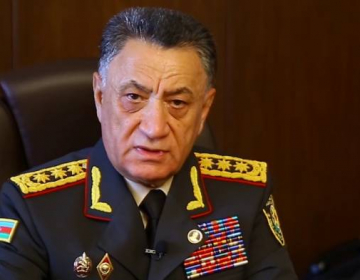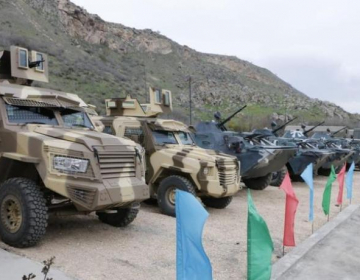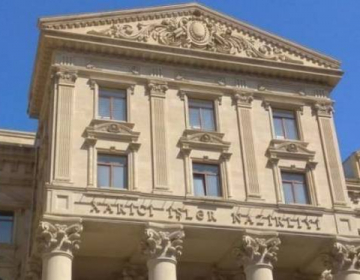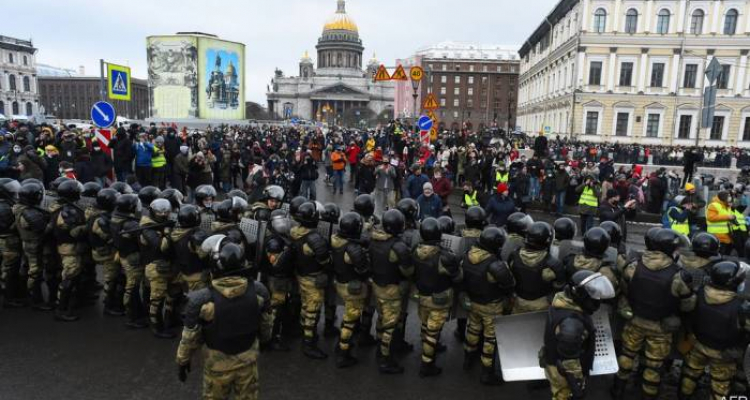The Kremlin is adopting tactics crafted in Belarus to quell protests provoked by the arrest of Alexei Navalny
THE TIDE came from the west. Last August mass protests broke out in Belarus, a former Soviet republic ruled by an ageing dictator, Alexander Lukashenko. Russian opposition leaders watched excitedly as tens of thousands of their Slavic neighbours took to the streets, week after week. The Kremlin was watching too, anxiously. Both sides knew that events in Belarus might be the prelude to what happens in Russia, where an increasingly autocratic Vladimir Putin has been in power for more than two decades. On January 31st, for the second weekend running, large protests broke out across Russia. More than 5,000 people were reported to have been arrested in the latest demonstrations triggered by the arrest of the opposition leader, Alexei Navalny, and his investigation of Mr Putin’s corrupt system of governance.
Paradoxically, the unrest may have been precipitated by the Kremlin’s attempt to avert a Belarus-style uprising. The scale and the suddenness of the revolt against Mr Lukashenko made it reassess the threat posed by Mr Navalny, who has made a name for himself by exposing corruption in Russia. That reassessment, many in Russia believe, led Mr Putin’s security service, the FSB, to poison Mr Navalny with Novichok, a nerve agent, in August. But Mr Navalny survived and, after undergoing medical treatment in Germany, returned last month to Moscow. His imprisonment upon arrival, and the subsequent release by his group of an explosive two-hour film about Mr Putin’s “secret palace”—swiftly radicalised the country’s politics beyond anything Russia had seen for more than a decade. (The Economistt)
pia.az

